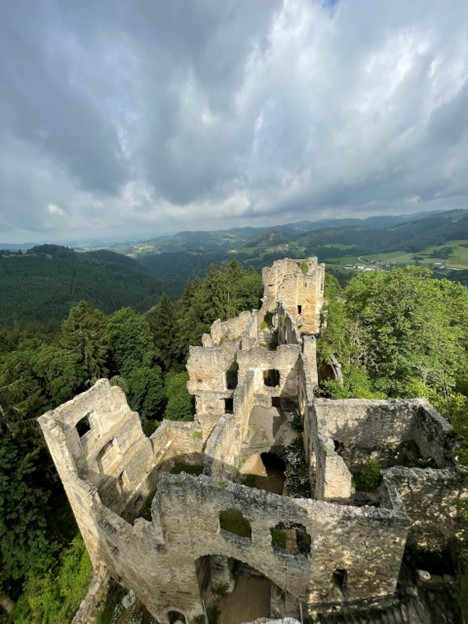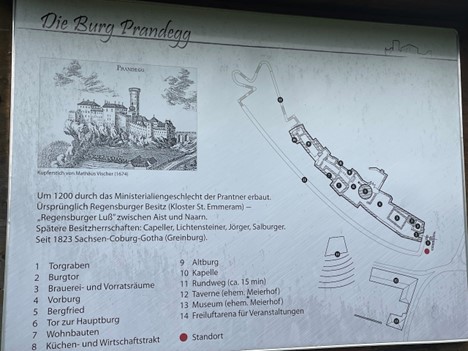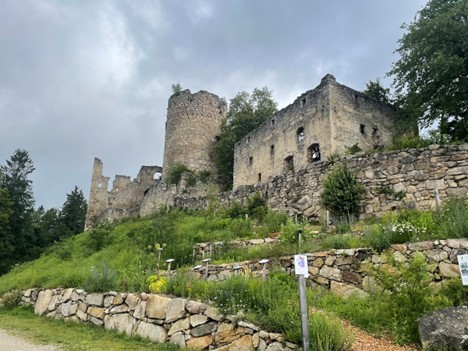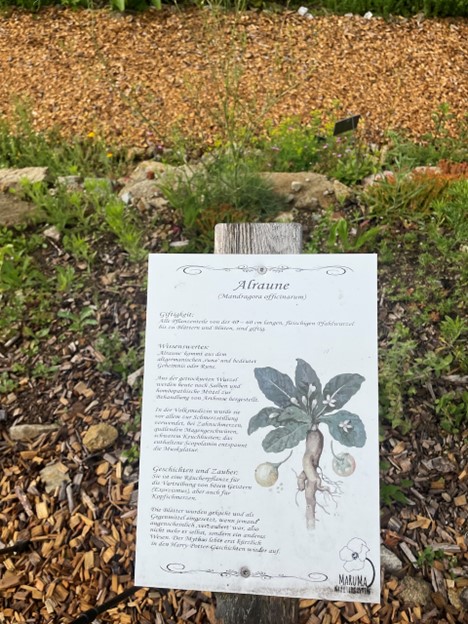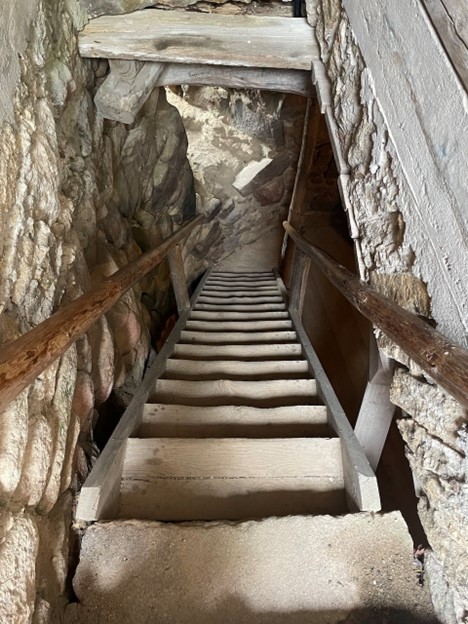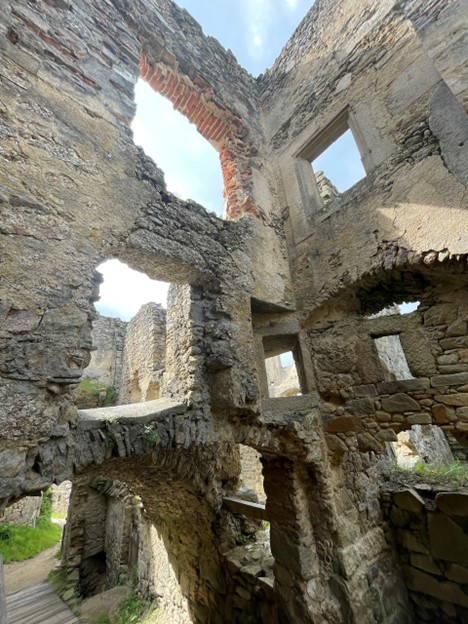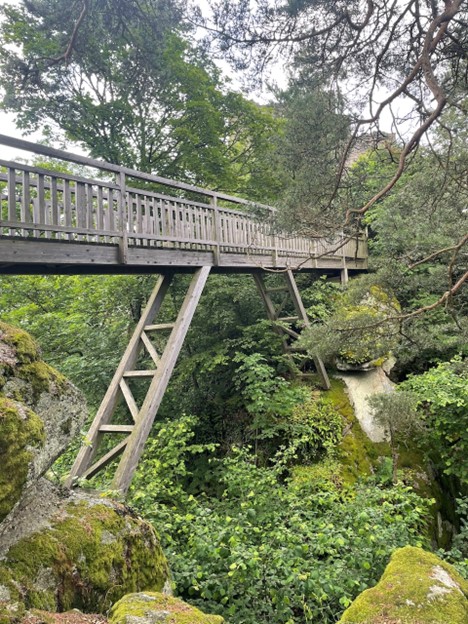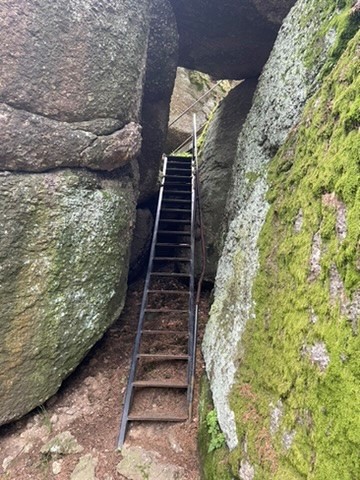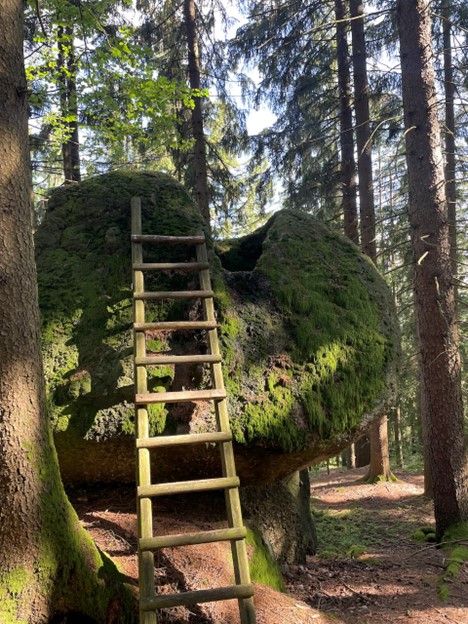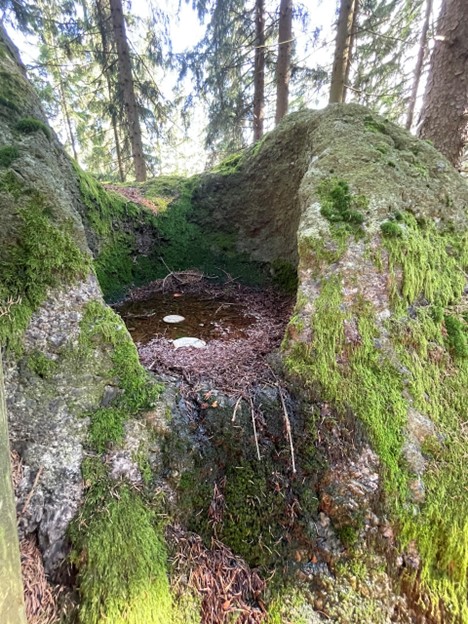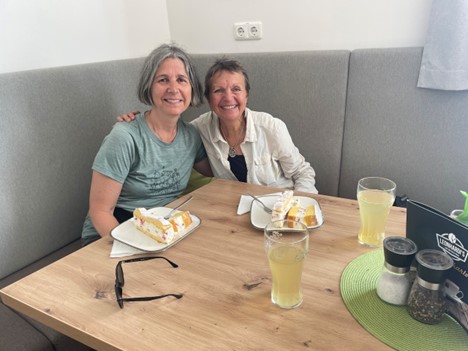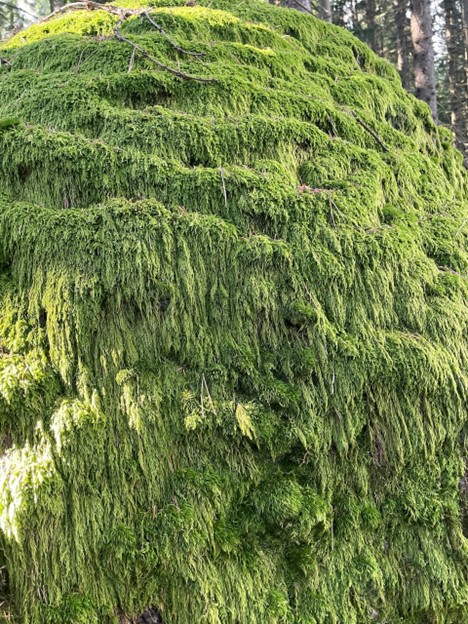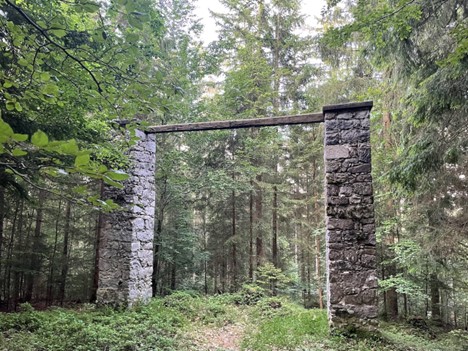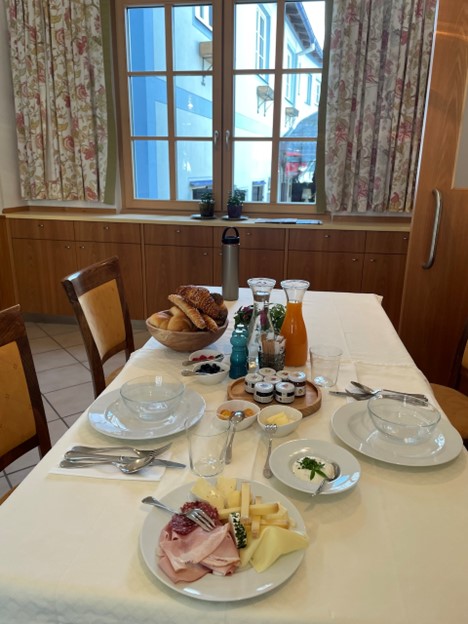JOHANNESWEG 2
Walking with Sigrid is always very special. She is a Silat instructor (Indonesian martial arts) and during every hike we find time to practice Silat together. We did so before we started our hike. We have also developed a tradition to read poetry at certain places. Most of the time it is John O’Donohue’s book, “Bless the space between us”, containing poetry for every phase of life.
.
.
.
.
Typical landscape with “Vierkanthof” (farmhouse with a square court) in the background
We soon arrived at a majestic ruin called “Ruine Prandegg. It was built in the beginning of the 13th century, when the entire area was still wilderness. After several hundreds of years, it lost its function of protecting the population and became a ruin when the roof was removed. Many castles became ruins because of the expensive roof tax which was introduced by the Habsburgs at the end of the 18th century (the taxes were determined according to the size of the roof).
.
.
.
.
Ruine Prandegg photographed from the Bergfried (tower)
.
.
.
.
.
Information about the castle
.
We were in awe seeing the ancient walls and learning about the old ways of life. We started by walking through a medieval herb garden containing flowers and all kinds of poisonous plants. In the Middle ages, they were used for medical purposes but also for magic and everyday life.
.
.
.
.
Medieval herb garden
.
.
.
.
One of the poisonous plants is the Alraune (mandrake). It is still used for medical purposes.
,
,
,
,
The stairway down from the keeper
.
..
.
.
View from the keeper with Sigrid waving
.
.
.
.
The beauty of the margaritas was enhanced by ancient stone walls
.
.
.
.
Windows which are not windows anymore, doorways, cellars, stairs leading to nowhere and the many former levels of the castle – all having lost their purposes and are at the same time so beautiful, embraced by the huge sky and becoming ground for new life.
..
.
.
.
After walking around the ruin on wooden walkways and stairs, we had a drink at the former castle dairy, now a restaurant. The smell of the fresh baked bread made in a pizza oven was so delicious, that we bought some for lunch later in the day.
.
.
.
.
There was also a museum at the castle, showing many interesting things.
.
.
.
When a married couple had too many fights, they were punished. Husband and wife had to publicly lay together in a crib, where they were bound together until they stopped fighting.
Soon after we left the castle, we arrived at a powerful rock formation called “Herzogsreitherfelsen”, an ancient place of worship. It provided us with a fantastic view of the surrounding area.
.
.
.
.
Narrow ladder to the top
Another ancent monument was a moss covered rock with a cutout basin at the top, used for offerings. We climbed up another ladder to see it.
.
.
.
.
One of many “Schalensteine” called shuttering stone in English
.
.
.
.
On the top of the rock, the hand made, chiseled out rock cup used for offerings
.
.
.
.
On our way, we could pick strawberries and blueberries
.
.
.
.
Sigrid and I are doing the same style of hiking – we want to experience things. A friend suggested this bakery in St. Leonhard, a small village. The pastries were not only big, but very delicious!
.
.
.
.
A toilet in the middle of the forest was a big surprise. I have seen toilets like this on my Japanese hikes, but never before in Austria.
.
.
.
.
A waterfall of different moss, soft and thick like a sponge.
.
.
.
.
A magical forest
.
.
.
.
This structure in the middle of the forest is a former “Galgen”, a gallows. The place is called Galgenbuehel. An inscription nearby says that the lord of this area never used it to hang people, but built it to scare them
.
.
.
.
We stayed at the hotel Neulinger in Weitersfelden.
.
.
.


